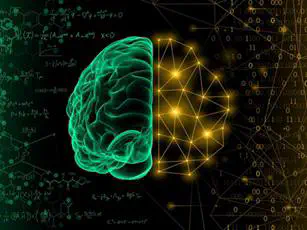Physics-Informed Machine Learning
 Image by Donald Jorgensen | Pacific Northwest National Laboratory
Image by Donald Jorgensen | Pacific Northwest National LaboratoryDespite great progress in simulating multiphysics problems using the numerical discretization of partial differential equations (PDEs), one still cannot seamlessly incorporate noisy data into existing algorithms, mesh generation remains complex, and high-dimensional problems governed by parameterized PDEs cannot be tackled. Moreover, solving inverse problems with hidden physics is often prohibitively expensive and requires different formulations and elaborate computer codes. Machine learning has emerged as a promising alternative, but training deep neural networks requires big data, not always available for scientific problems. Instead, such networks can be trained from additional information obtained by enforcing the physical laws (for example, at random points in the continuous space-time domain). Such physics-informed learning integrates (noisy) data and mathematical models, and implements them through neural networks or other kernel-based regression networks. Moreover, it may be possible to design specialized network architectures that automatically satisfy some of the physical invariants for better accuracy, faster training and improved generalization.